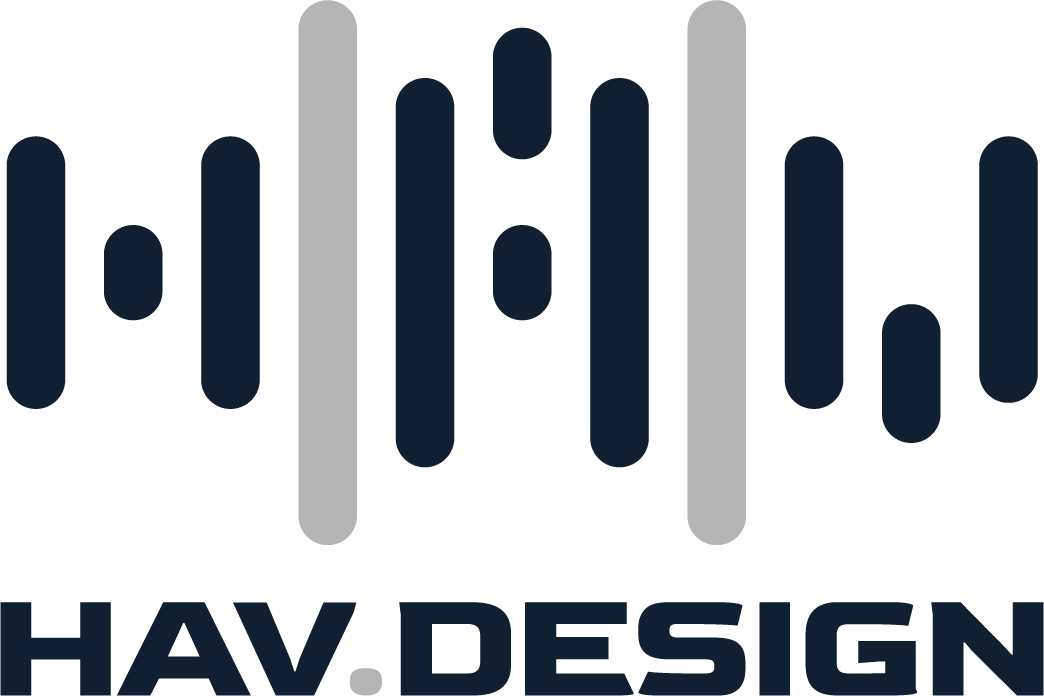
What really makes a good mix, and how long does it really take someone to learn to run sound?
These are big questions, and ones that I’ve been dealing with for a long time. As you might know from my bio, I fell in love with AV technology by accident over two decades ago. That lead directly to me mixing four days per week for bands in clubs, and more recently running sound at my local church.
Whatever your venue, sound and mix quality is an issue that comes up constantly. No matter the system, the size of the organization, or the budget, sound quality is tricky and the only real solution is to have right person standing behind the board.
So, what goes in to cultivating a good (or great!) sound person, and how long does it take?
Too often I’ve run into leaders who think that a few hours of training (whether formal or informal) should be enough to get a newbie operator going, at least with supervision. Now, if the board is set and you just need to turn inputs off or on, then a few hours is a good start, sure. But it’s nowhere near enough to get someone trained to craft a good mix, let alone a great one.
And even if leadership invests in an intensive training course that covers mic placement, EQ settings, reverb, gain structures, and equipment setup, that still won’t be enough to teach beginners to give you consistently great sound.
For that they need to learn one more crucial skill: listening.
Running a soundboard, at an expert level, has been compared to playing an instrument or conducting an orchestra, but neither analogy is quite right. Soundboards have their own complexities, and the music and operation must be learned and felt down to each instrument and song so that the operator can bring out the right tones and timber from each element at the right time. They have to know what they are working with and what they want to produce, and then shape the blend so that the impact goes to the audience perfectly.
It’s true, a good sound person knows all the basics of the technology, layout, and sound, but they go much further than that. A good sound person is listening to the mix constantly, feeling each note and moment, while simultaneously planning and reacting to what is coming in that next note, the next measure, the next verse. They know the music as well or better than the band and work with the full sound and dynamic at play, shaping it and reshaping it continuously for quality and impact.
And there is only one way to develop this skillset: practice.
Just like I can’t show you some notes and chords on the piano or guitar and expect you to jam along with me a minute later, you can’t expect a new sound person to mix music or sound well with little or no practice under their belt. It takes years to become a real musician, and dozens if not hundreds of hours to even learn one instrument. This is why really good sound people have thousands of hours of experience that they bring with them into the job and why they are worth their weight in gold.
So, what do you do if you want high quality sound mixing in your own team?
Take your team members and set them up with a multi-track recording system, then have them record the band every week. If you set up a small mix-down studio in a back room and have your sound team mix and re-mix and re-mix again, they’ll begin to get that practice time quicker and eventually they’ll be able to get a great mix more and more naturally.
With time and investment they’ll develop a deeper and deeper feel for the music and your system, and from there the ability to give your sound what it needs to be truly great and impactful.
At Hamilton AV my passion is helping people become great at communicating by giving them the resources and technology they need. Call today and let us help you with audio visual solutions tailored to your needs, budget, and timeline.
